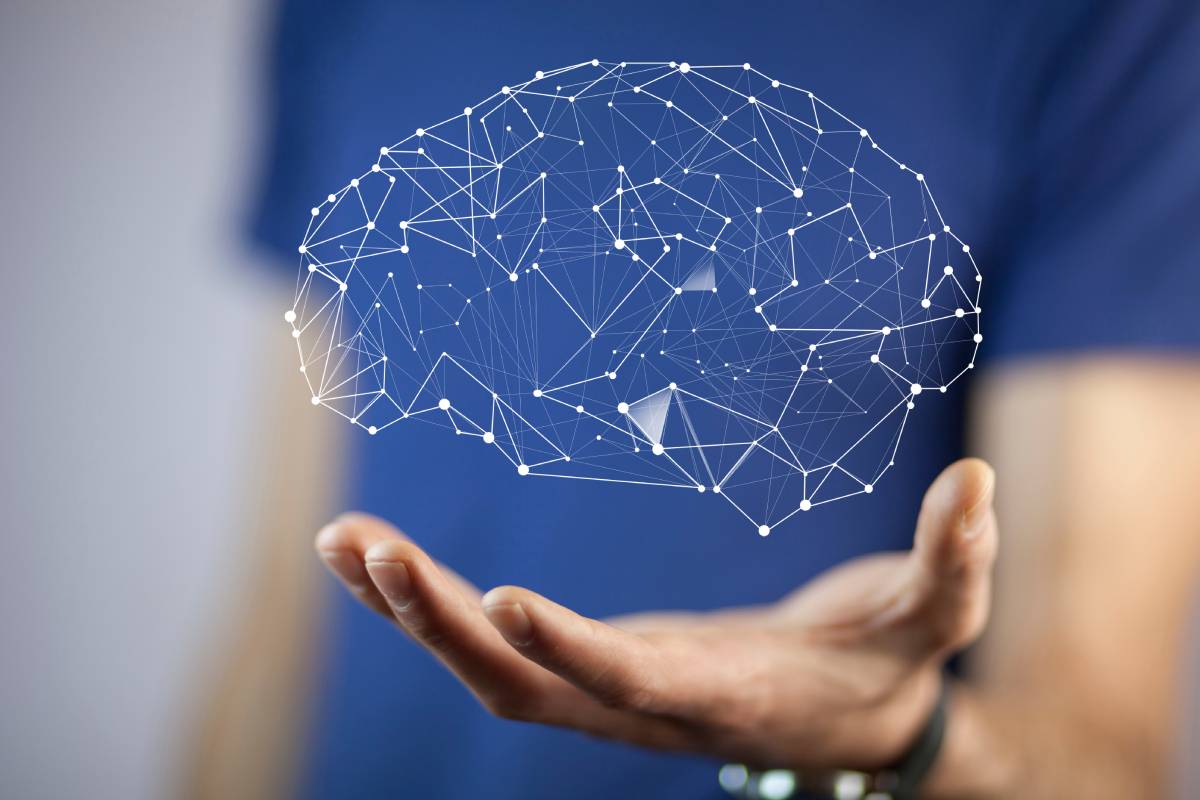The connection between neuroscience and education is undeniable, yet there has been very little progress towards applying neuroscience directly in the classroom.
The main barrier to incorporating neuroscience is that there has been very little development in applying it to pedagogy and classroom support.
Many experts now think that neuroeducation should focus on helping teachers to learn more about brain development and functions.
Let’s explore how neuroscience can improve teaching quality and help teachers support learning.
What is neuroscience?
Neuroscience covers the whole nervous system with a particular emphasis on the brain.
The aspects of neuroscience which have implications for education are the following:
- Brain plasticity and development – how the brain responds and adapts.
- Sensory circuits – which affect how children interact with physical and emotional challenges.
- Synaptic pruning – where connections that are no longer required during childhood and adolescence are removed.
- Brain functions – motor function, impulse control, cognitive flexibility, concentration, memory, learning and forgetting, language and executive function.
How can teachers learn more about neuroscience?
The main challenge for teachers when wanting to know more about neuroscience is that there is very little information available that is aimed at teachers.
With so little research available on the outcomes of applying neuroscience in the classroom, it is hard to justify the effort involved in putting together a course aimed at educators.
Jolles & Jolles, 2021 looked at the effects of applying neuroscience on teachers’ practice and attitudes. With only ten references in their paper, it is easy to see that the idea is still relatively groundbreaking.
Clearly, there needs to be more collaboration between the fields of neuroscience and education to develop the language and practicalities required for building better knowledge in teachers.
Many current resources are not yet based on enough evidence in the classroom to satisfy education leaders. Reading about the brain is insufficient to allow teachers to change their practice.
However, there is some valuable literature for those teachers who have an interest in neuroscience and what to know more.
- Blakemore, S.-J., and Frith, U. (2005). The learning brain.
- Blakemore, S.-J. (2018). Inventing ourselves: The secret life of the teenage brain
How Understanding Neuroscience Can Help Teachers
Learning more about how the brain works will help teachers not only understand more about how their pupils learn, but it could also prove helpful when supporting children who have mental health challenges.
Neuroscience also has a particular impact when dealing with children in their early years, those who are neurodivergent or have behavioural challenges.
Professional Development for Neuroscience in Education
Teachers are already struggling with heavy workloads, so it is crucial that schools and education leaders look for ways to incorporate neuroscience education into initial teacher training or professional development.
For school leaders, it would be beneficial if it was a more practical intervention where it would inform the curriculum.
Until there are more studies into practical applications of neuroscience in the classroom, professional development is confined to learning more about the brain for teachers to develop an understanding of the concepts that affect education.

